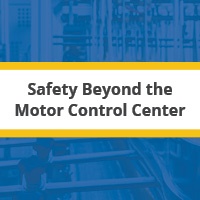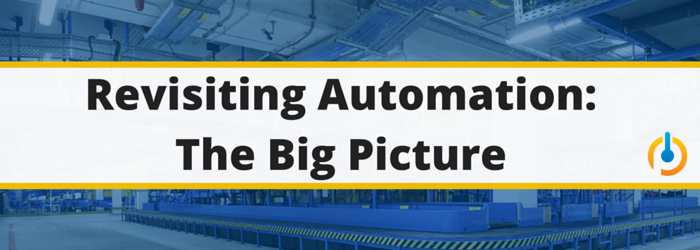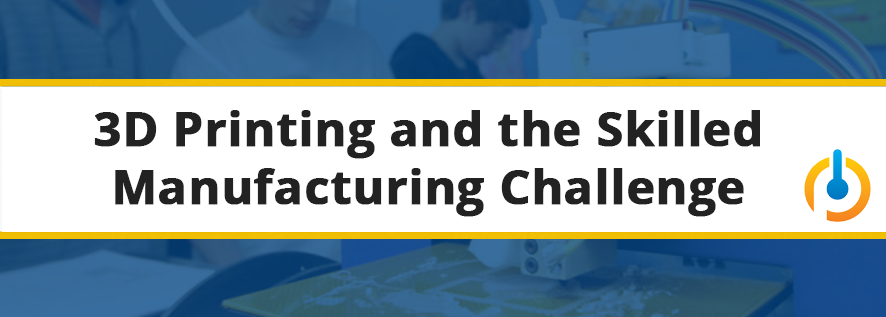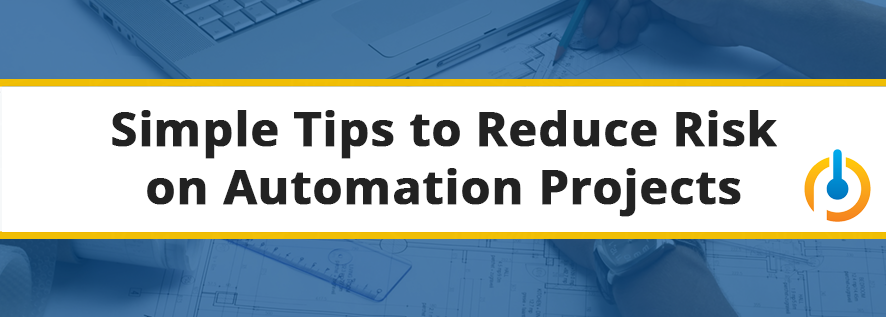While the Great Recession may have put a dent in several industries, it did push-start the rise of industrial robotics. The sudden spotlight drew attention from all corners and in 2013 more than 5000 patents were passed for robotic technologies. Plus, the annual order for robotics in North America surpassed its 20,000-unit threshold as a result of increased investment by several venture capitalists.












